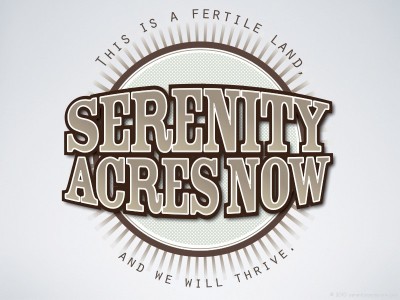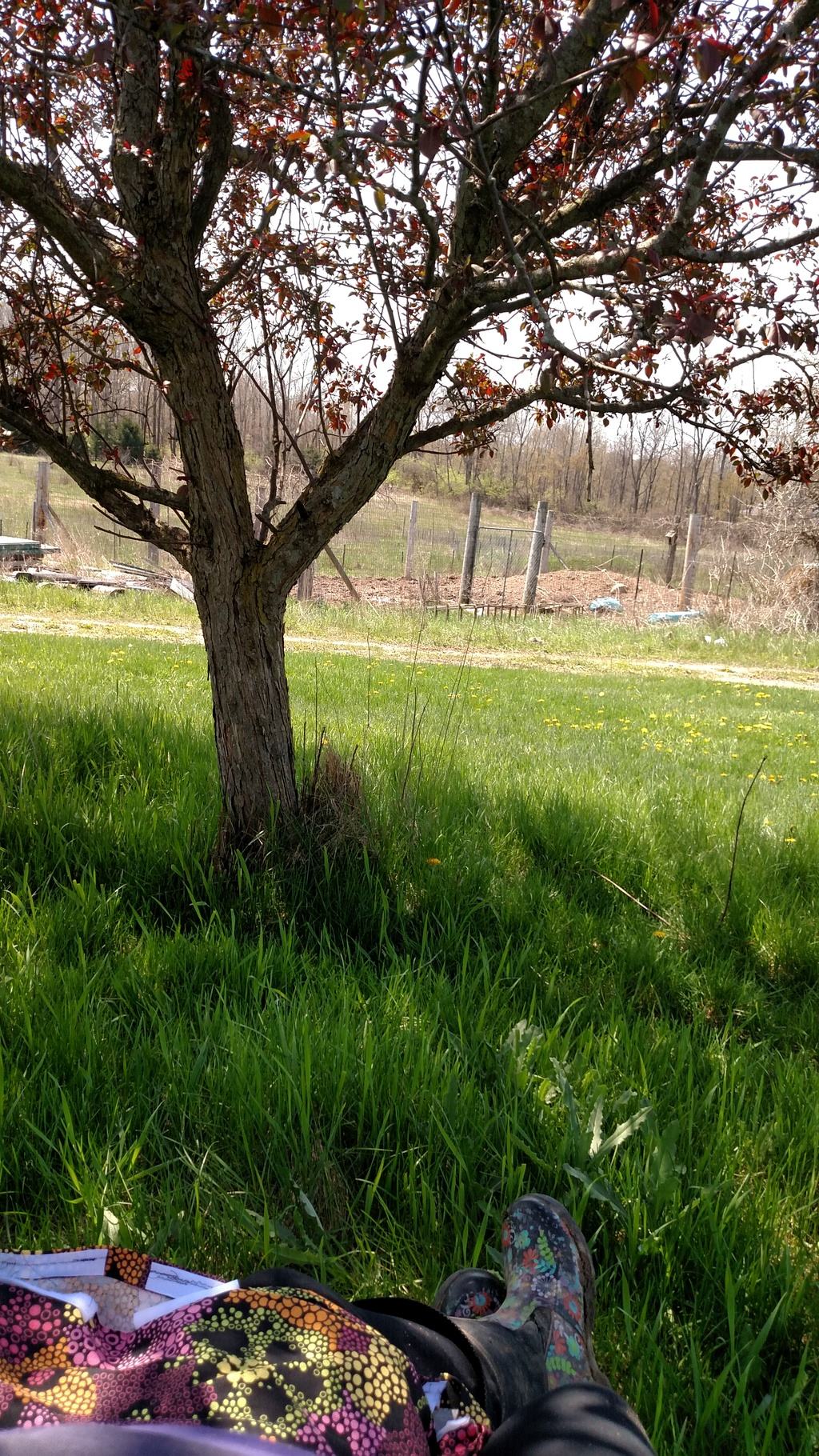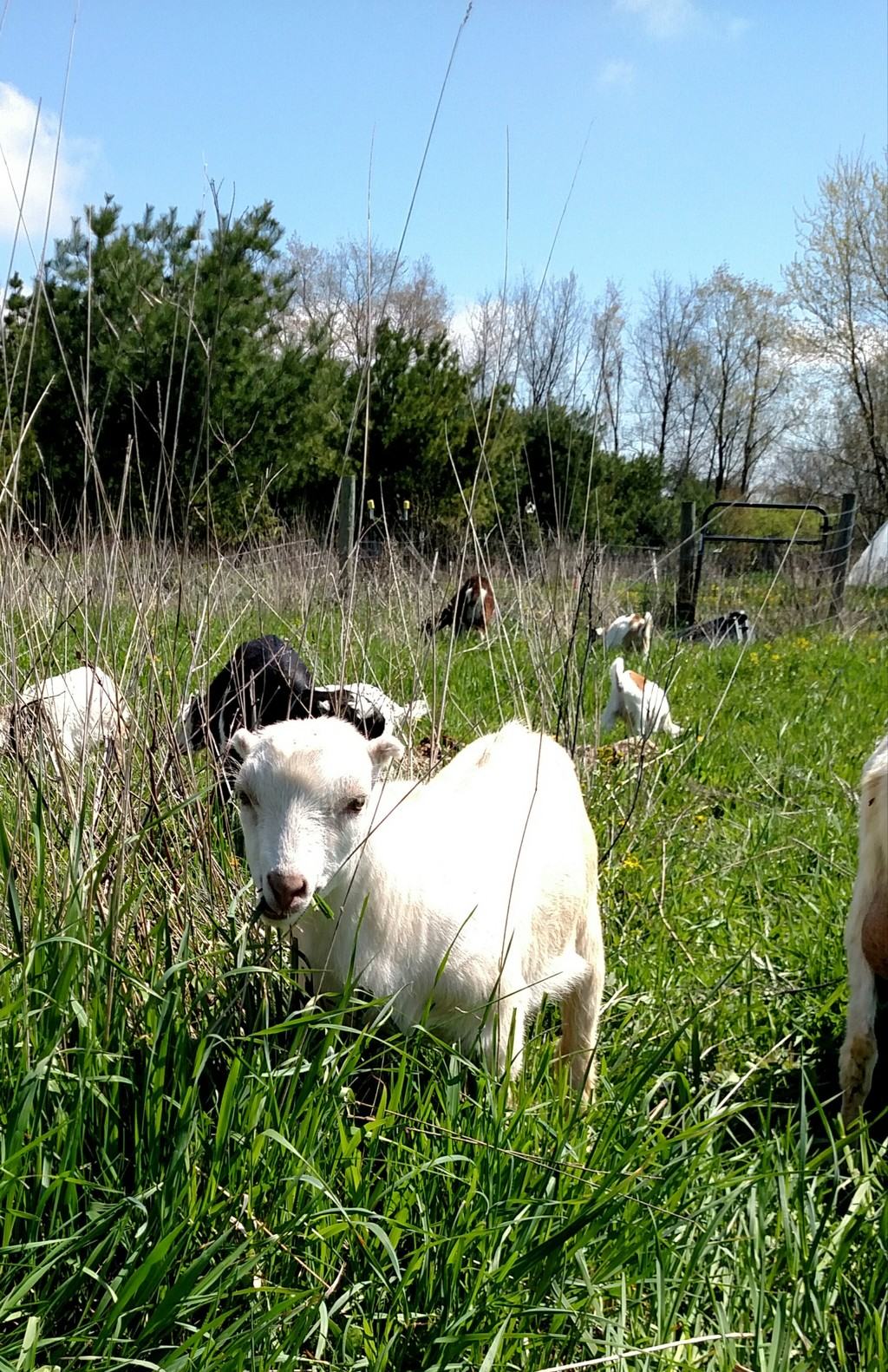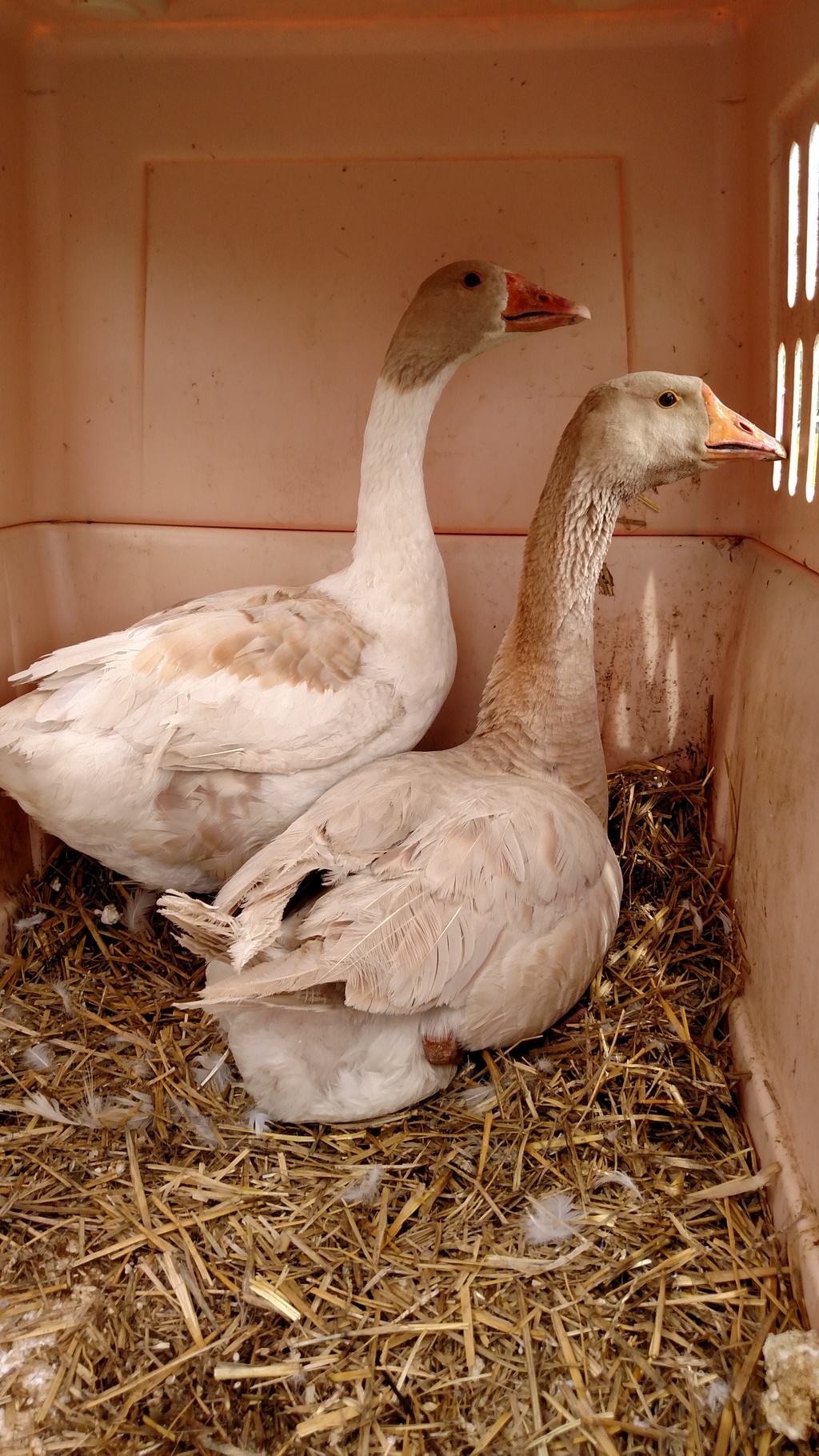Last night we were invited over to our very awesome veterinarian LeeAnn’s home so that we could get some tutoring in how to milk goats. She has a farm of her own that includes goats, several of which are currently milking. While we won’t need to milk ours until next Spring, we wanted to have a hands-on lesson in what to expect, and LeeAnn certainly delivered! I milked four different girls, and George milked one as well, so we both have a better idea of what we will be doing a year from now. The goats were very patient with us and so was LeeAnn – she had to assure me that I was not going to hurt the goats by squeezing too hard. When you milk a goat, you have to sort of form a ring with your thumb and forefinger, and pinch off the teat at the top of the udder, so that you have pushed the milk out of the udder and it is ready to release from the teat. Then, you use your remaining three fingers to squeeze out the milk into the pail. (There are certainly likely to be other techniques out there, but that’s what worked for me!) The ladies in this photo were of four generations: great-grandmother, grandmother, mother, and daughter, and we milked all but the oldest, who is currently dry, but due to seniority, is allowed to come in and mount a stand for her grain and comfrey treat.
There were also two more girls that came in after this round, but I didn’t get a chance to take their photos. They are first time milkers, and so it gave us a very good idea of what to expect with our herd in terms of teat size. Even though they are small teats, those were actually the easiest for me to milk, so that is good news. I’m really looking forward to milking ours in the future.
We also got a good look at the milking stands, and George is going to build our stands in a similar manner. LeeAnn said that the gentleman who used to make and sell them is no longer around, so there very well could be a market for those locally. Whenever I see ones being offered for sale on craigslist, those are made from wood, which is bulkier, taking up valuable barn space. So who knows! We may become a source for goat milking stands in the future. We shall see.
We were also able to meet some of the babies she currently has, including this little charmer, who kept giving us kisses:
There were two little all-black kids that were too jittery to hold still for a photo, but I finally got this shot of one of them. Little darling!
We also got to meet a very special pet of theirs – Ms. Pig. She is in her outdoor pen here, but she spends her nights in a crate that they have on their kitchen floor. She is extraordinarily friendly, and loves to have her belly rubbed. Oh, and Milk Bones – she loves those, too! Look at her, smiling and posing for the camera!
We also procured some Bio-Mycin antibiotic from LeeAnn, as our little Ginger girl is exhibiting signs of a respiratory infection. As George said during their walk on Sunday afternoon, “She sounds like an old man in his 70’s with emphysema, trying to use a StairMaster.” ‘Nuff said – she clearly has a bacterial infection, and that means antibiotics. Bio-Mycin is a tetracycline based medication, but it is better than those available at Tractor Supply, because the delivery agent does not cause a burning or stinging sensation to the animal. Some of those available at TSC will elicit the same response that injected Ivermectin (de-wormer) does in goats – they scream as if they are going to die. It’s an awful thing to hear, and so we will do our best to avoid medicines that cause them such distress. We are really grateful to have such a wonderful veterinarian who insures not just the health, but the comfort of our herd as well.
We got to see her guard llamas from a distance, resting in the field. We will likely also have one of those one day – they make excellent guardians for herd animals such as goat and sheep. The will sound an alarm when predators are detected, can be very gentle and bonding toward their “protectees” and will attack without prejudice any animal that poses a threat to its herd. You can see one in action in this video.
We learned so much, as we always do on any visit with LeeAnn. She is also a homesteader – she gardens and attempts to practice sustainable living habits. It’s nice to have another experienced homesteader to ask questions and from whom we can continue to learn!









Leave a Reply